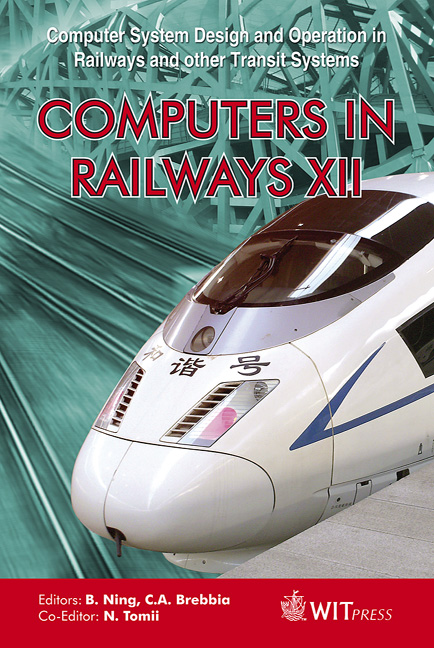Verification Of Quantitative Requirements For GNSS-based Railway Applications
Price
Free (open access)
Transaction
Volume
114
Pages
12
Page Range
711 - 722
Published
2010
Size
442 kb
Paper DOI
10.2495/CR100651
Copyright
WIT Press
Author(s)
H. Mocek, A. Filip & L. Bažant
Abstract
The objective of this paper is to verify whether requirements for GNSS-based railway telematic applications are met through GNSS Safety of Life (SoL) services. Measurement methodology was developed for this purpose. An analysis of the achievement of railway requirements was subsequently performed. This technique represents a contribution to the certification process of the GNSS system, which must prove that the required parameters are fulfilled. The analysis consists of: 1) evaluation of static measurements to verify GNSS system behaviour under standard conditions of GNSS Signal-In-Space (SIS) reception, and 2) analysis of dynamic tests focused on train position and protection level determination under variable conditions of GNSS SIS reception in a real railway environment. Experimental tests have been carried out using GPS/EGNOS receivers that meet requirements for the SoL service according to the RTCA DO-229D standard. Keywords: GNSS, Signal-In-Space, certification, EGNOS, non-precision approach, Rayleigh distribution, overbounding, reliability, availability, SIRF III. 1 Introduction Certification of European navigation satellite system Galileo must be carried out before this GNSS system can be used in railway applications, especially in safety-related ones. A contribution to the certification process was previously performed by determining the minimum quality requirements for GNSS-based railway applications (Mocek et al. [1]). The next step in the certification process should be the verification that the proposed requirements are fulfilled. This paper evaluates the fulfilment of railway requirements on the basis of experiments with GPS/EGNOS receivers that meet requirements for the SoL applications
Keywords
GNSS, Signal-In-Space, certification, EGNOS, non-precision approach, Rayleigh distribution, overbounding, reliability, availability, SIRF III





